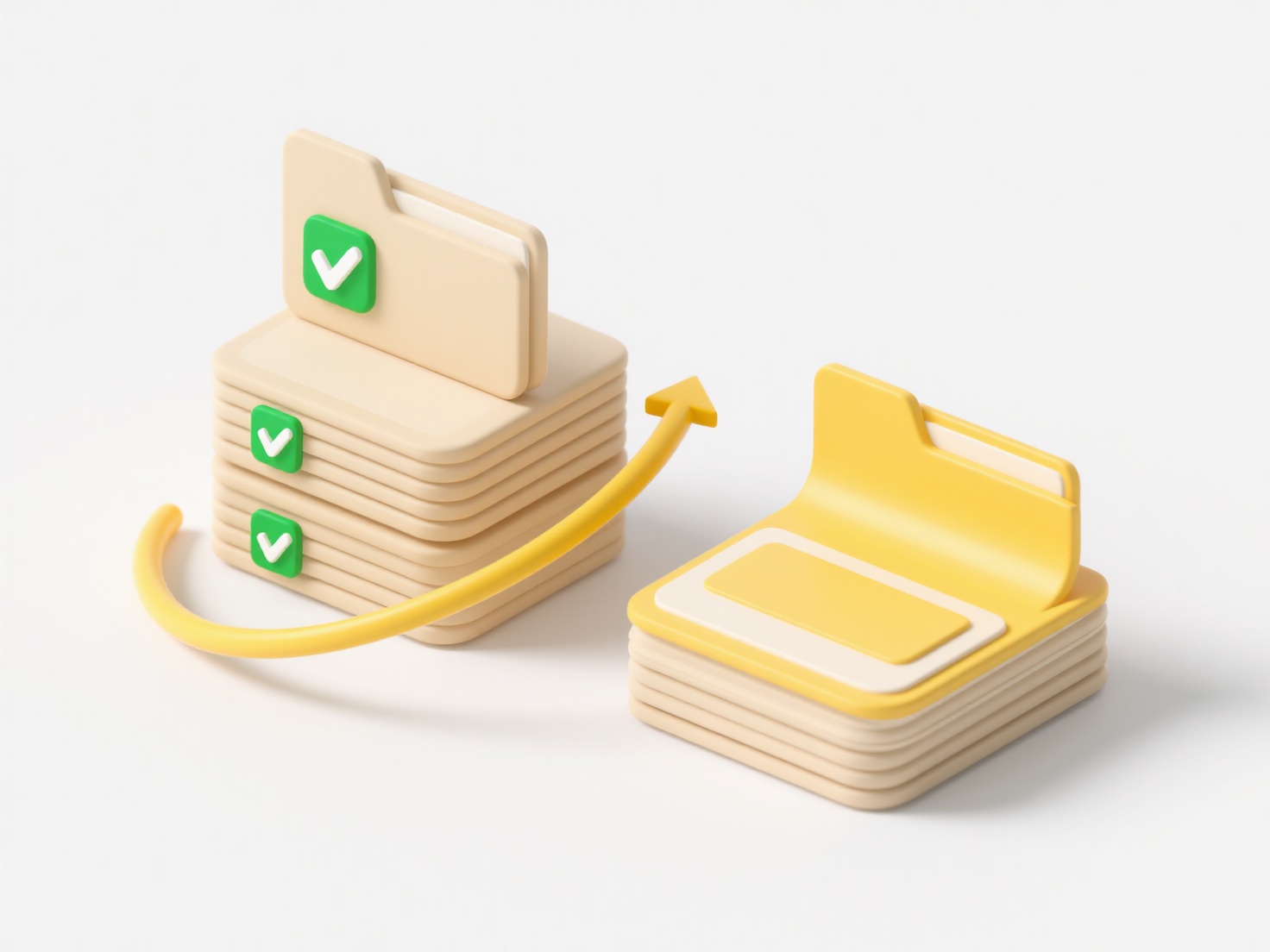
A ZIP file is a compressed archive that stores one or more files together for easier transfer or storage. On modern smartphones, you can typically open ZIP files directly using the built-in file manager application (like Files on Android or the Files app on iOS/iPadOS). Opening a ZIP file decompresses it, allowing you to access and view the individual files contained within.

For example, if you receive a ZIP file attached to an email on your phone, you can often tap it directly within the email app, and the phone's file manager will offer to open and extract the contents. Similarly, you might download a ZIP archive containing photos or documents from a website; locating this downloaded file in your phone's file manager and selecting it will typically open it, letting you extract the files to a chosen location on your device.
The key advantage is the convenience of accessing archived content without needing a separate computer. Both Android and iOS handle basic ZIP extraction without requiring extra apps. A limitation is that phones may struggle with very large archives, encrypted ZIPs needing passwords (where the native apps usually lack password-management features), or formats like RAR, requiring third-party apps for broader support. This native functionality makes sharing and receiving bundled files practical for mobile users.
Can I open ZIP files on my phone?
A ZIP file is a compressed archive that stores one or more files together for easier transfer or storage. On modern smartphones, you can typically open ZIP files directly using the built-in file manager application (like Files on Android or the Files app on iOS/iPadOS). Opening a ZIP file decompresses it, allowing you to access and view the individual files contained within.

For example, if you receive a ZIP file attached to an email on your phone, you can often tap it directly within the email app, and the phone's file manager will offer to open and extract the contents. Similarly, you might download a ZIP archive containing photos or documents from a website; locating this downloaded file in your phone's file manager and selecting it will typically open it, letting you extract the files to a chosen location on your device.
The key advantage is the convenience of accessing archived content without needing a separate computer. Both Android and iOS handle basic ZIP extraction without requiring extra apps. A limitation is that phones may struggle with very large archives, encrypted ZIPs needing passwords (where the native apps usually lack password-management features), or formats like RAR, requiring third-party apps for broader support. This native functionality makes sharing and receiving bundled files practical for mobile users.
Quick Article Links
How do permissions work in collaborative whiteboard tools?
In collaborative whiteboard tools, permissions control what different users can see and do within a shared digital works...
Can I save or export logs securely?
Securely saving and exporting logs involves preserving system or application event records while ensuring their confiden...
How do I change file permission after saving?
File permissions control who can read, edit, or execute a file. When you save a new file, your operating system automati...